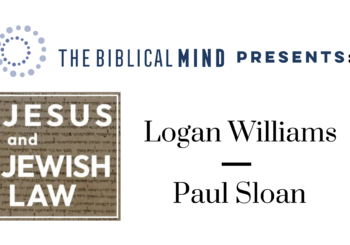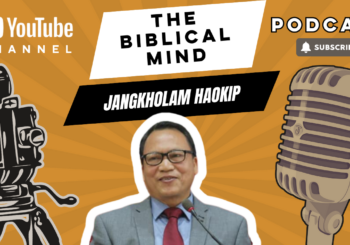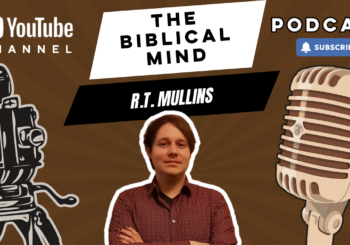How Scripture Reads Scripture: Understanding Biblical Intertextuality (Brent Strawn) Ep. #186
How does the Bible interpret itself? In this episode, Dr. Brent Strawn joins The Biblical Mind Podcast to explore intertextuality—the ways biblical authors intentionally or unconsciously connect their writings to earlier texts. Strawn breaks down different types of intertextuality, from direct citations (like Jesus quoting Psalm 22) to subtle patterns that only emerge when we read scripture holistically.
Together with Dru Johnson, Strawn unpacks how intertextuality deepens biblical meaning and why recognizing these connections can transform the way we understand scripture. They also discuss the surprising link between Solomon and the Mark of the Beast (666) and how Revelation critiques imperial power using the legacy of Israel’s wealthiest king.
Strawn argues that biblical authors weren’t just making random allusions—they were teaching us how to read scripture well. If we can recognize these hyperlinks, we can move beyond surface-level readings and grasp the depth of biblical theology.
Give to the cause!
https://hebraicthought.org/give
For more articles:
https://thebiblicalmind.org/
Social Links:
Facebook: https://www.facebook.com/HebraicThought/
Instagram: https://www.instagram.com/hebraicthought/
X: https://www.twitter.com/HebraicThought/
Bluesky: https://bsky.app/profile/hebraicthought.org
Chapters
00:00 Introduction
00:14 Understanding Intertextuality: Strong vs. Weak
02:07 The Unintentional Connections Between Texts
05:13 Patterns in Biblical Texts: A Deeper Look
08:08 Intertextuality and Its Interpretive Significance
11:10 Criteria for Evaluating Intertextual Connections
14:30 The Importance of Context in Scripture
17:19 The Dangers of Thin Intertextual Links
20:28 Exploring the Number 666 in Biblical Texts
26:13 Intertextuality and Biblical Texts
29:22 The Beast and Solomon: A Biblical Connection
33:13 Activating the Biblical Imagination
39:32 The Role of Scripture in Shaping Virtue
44:29 Hyperlinks in Revelation and Cultural References





